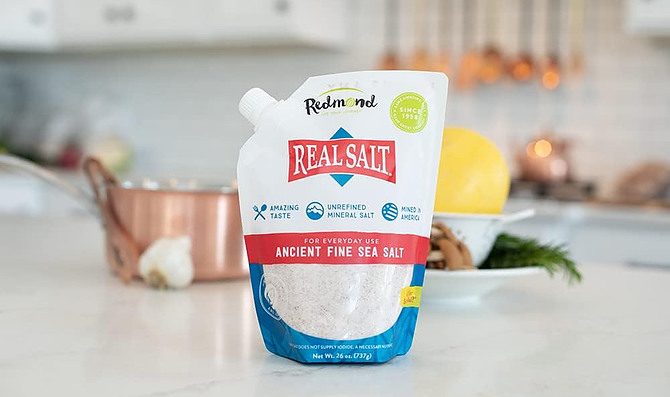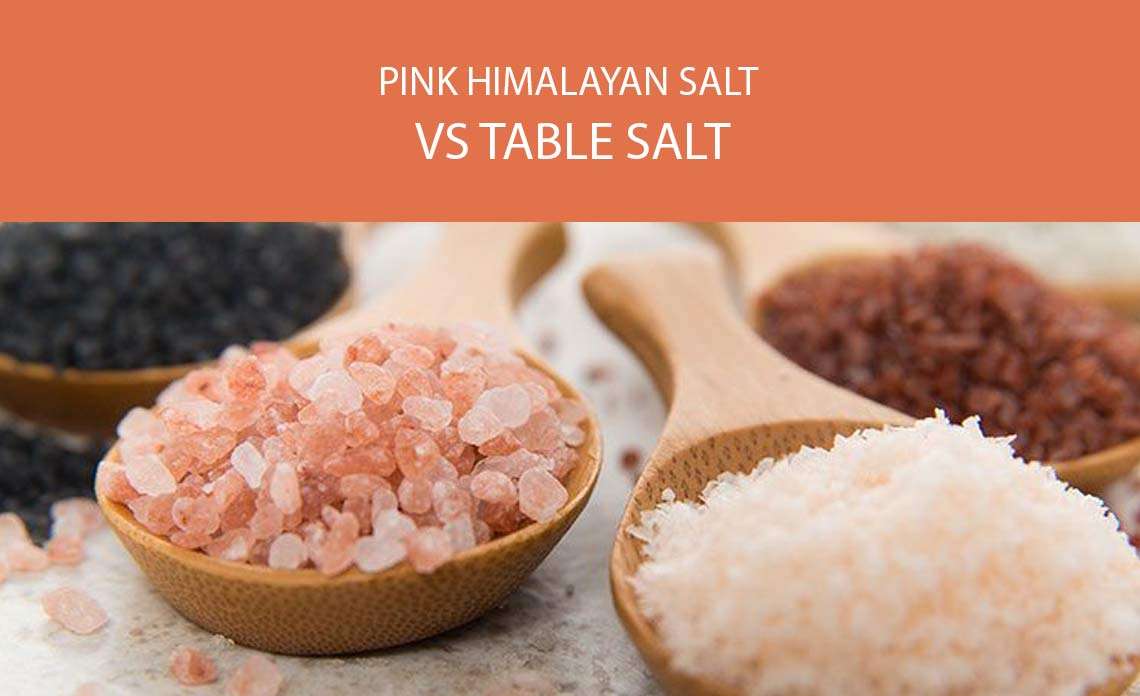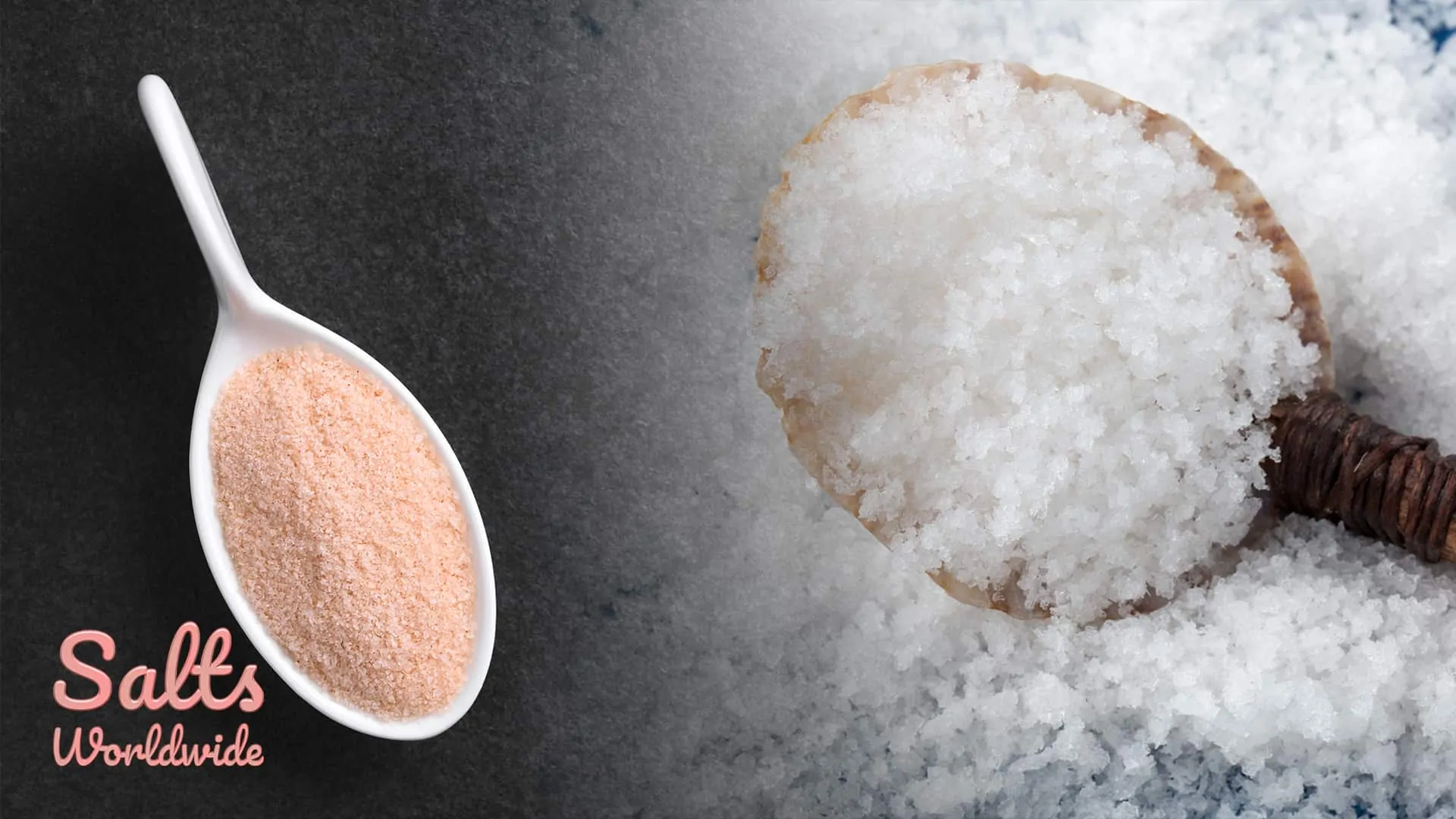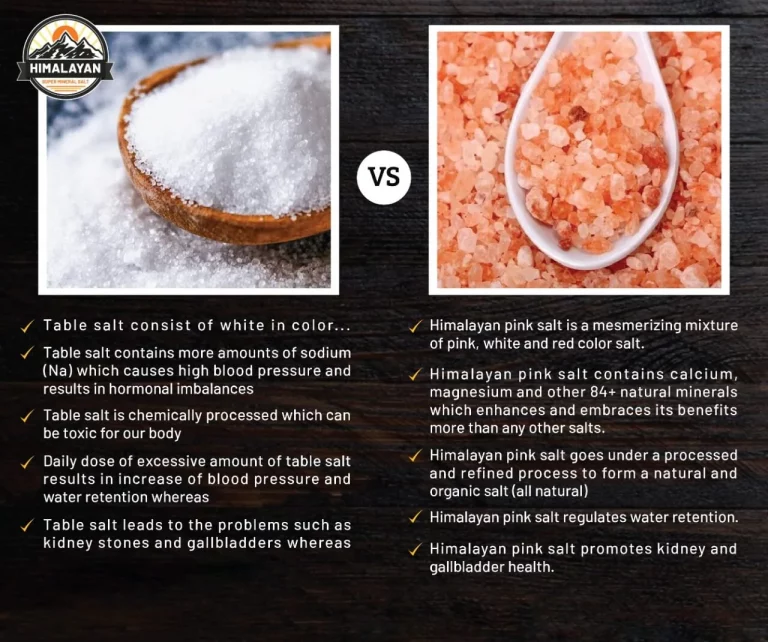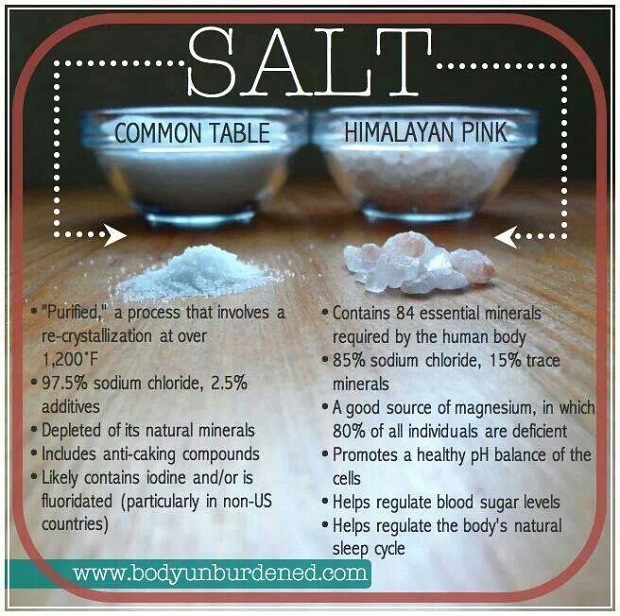Real Salt Vs Himalayan Pink Salt

A fierce battle is brewing in kitchens and health food stores nationwide: Real Salt versus Himalayan pink salt. Consumers are demanding to know the truth about which salt reigns supreme amidst conflicting health claims and marketing hype.
This article cuts through the noise, delivering a factual breakdown of the differences between these two popular salt varieties. We examine their mineral content, origin, processing, and potential health implications, empowering consumers to make informed choices.
Origin and Composition: The Ground Beneath Our Salt
Real Salt, mined from an ancient seabed in Redmond, Utah, boasts a unique origin story. This unrefined salt contains a variety of trace minerals, contributing to its distinct flavor and purported health benefits.
Himalayan pink salt, on the other hand, is sourced from the Khewra Salt Mine in Pakistan, one of the world's oldest and largest salt mines. Its characteristic pink hue comes from trace minerals like iron oxide (rust).
While both are marketed as natural alternatives to table salt, their specific mineral compositions differ. Analysis by trace minerals laboratories puts Real Salt at around 0.3% mineral content, while some Himalayan pink salts can be as low as 0.01%.
Processing and Purity: Stripping Away the Truth?
Real Salt undergoes minimal processing, preserving its natural mineral content. Redmond, Inc. asserts that their process simply involves mining, crushing, screening, and packaging the salt, without additives or chemicals.
Himalayan pink salt also generally undergoes minimal processing. However, concerns exist about potential contamination during mining and handling.
A 2020 study published in the Journal of Food Science found that some samples of Himalayan pink salt contained microplastics. This highlights the importance of sourcing from reputable suppliers with stringent quality control measures.
Mineral Content: More Than Just Sodium Chloride
Both salts contain sodium chloride, the primary component of salt. However, the presence of trace minerals is a key differentiating factor.
Real Salt claims to contain over 60 trace minerals, including potassium, calcium, and magnesium. These minerals contribute to its complex flavor and are touted for their potential health benefits.
Himalayan pink salt also contains trace minerals, including iron, potassium, and magnesium, but often in lower concentrations than Real Salt. The iron oxide gives it its characteristic pink color.
Health Claims: Separating Fact from Fiction
Proponents of both salts often make bold health claims. These range from improved hydration to enhanced mineral absorption.
The scientific evidence supporting these claims is limited. While trace minerals are essential for health, the amounts found in these salts are generally small.
Excessive sodium intake, regardless of the source, can contribute to high blood pressure and other health problems. The American Heart Association recommends limiting sodium intake to less than 2,300 milligrams per day.
Cost and Availability: Salt of the Earth
Both Real Salt and Himalayan pink salt are widely available in grocery stores, health food stores, and online retailers. Prices vary depending on the brand, quantity, and retailer.
Generally, Himalayan pink salt is often marketed as a premium product. This reflects the perceived value of its origin and purported health benefits.
Real Salt is typically positioned as an unrefined, natural salt option. Making it accessible to a wide range of consumers.
Who Is Affected: The Concerned Consumer
This information directly impacts consumers actively seeking healthier alternatives to table salt. Specifically, those swayed by marketing claims and health trends.
Food manufacturers using these salts as ingredients in their products are also affected. Their choices influence the nutritional profile and marketing of their goods.
Ultimately, it affects anyone seeking to make informed dietary choices.
When Did This Become An Issue: The Rise of Alternative Salts
The increased interest in Real Salt and Himalayan pink salt stems from a growing awareness of the potential health implications of processed foods. It also rises as consumers seek more natural alternatives. This began gaining momentum in the early 2000s.
Marketing efforts emphasizing the mineral content and natural origins of these salts have further fueled their popularity. This happened as people are getting into fitness and lifestyle changes.
The proliferation of online health communities and social media platforms has amplified the reach of these marketing messages.
How Can Consumers Make Informed Choices: Fact-Checking and Moderation
Consumers should critically evaluate marketing claims and prioritize information from reputable sources. Check for 3rd party certifications or labs that test the products.
Reading product labels and understanding the nutritional content of different salts is essential. This will make it easier to compare different products.
Moderation is key. Regardless of the type of salt chosen, limiting sodium intake is crucial for maintaining good health. Speak with a doctor on the right intake based on your physical needs.
Ongoing Developments: Regulation and Research
The FDA regulates salt sold in the United States. They require accurate labeling of sodium content.
Further research is needed to fully understand the potential health benefits and risks associated with different types of salt. Scientists are working on it now.
Consumers should stay informed about ongoing research and regulatory developments to make the best choices for their health. Check medical journals online.


